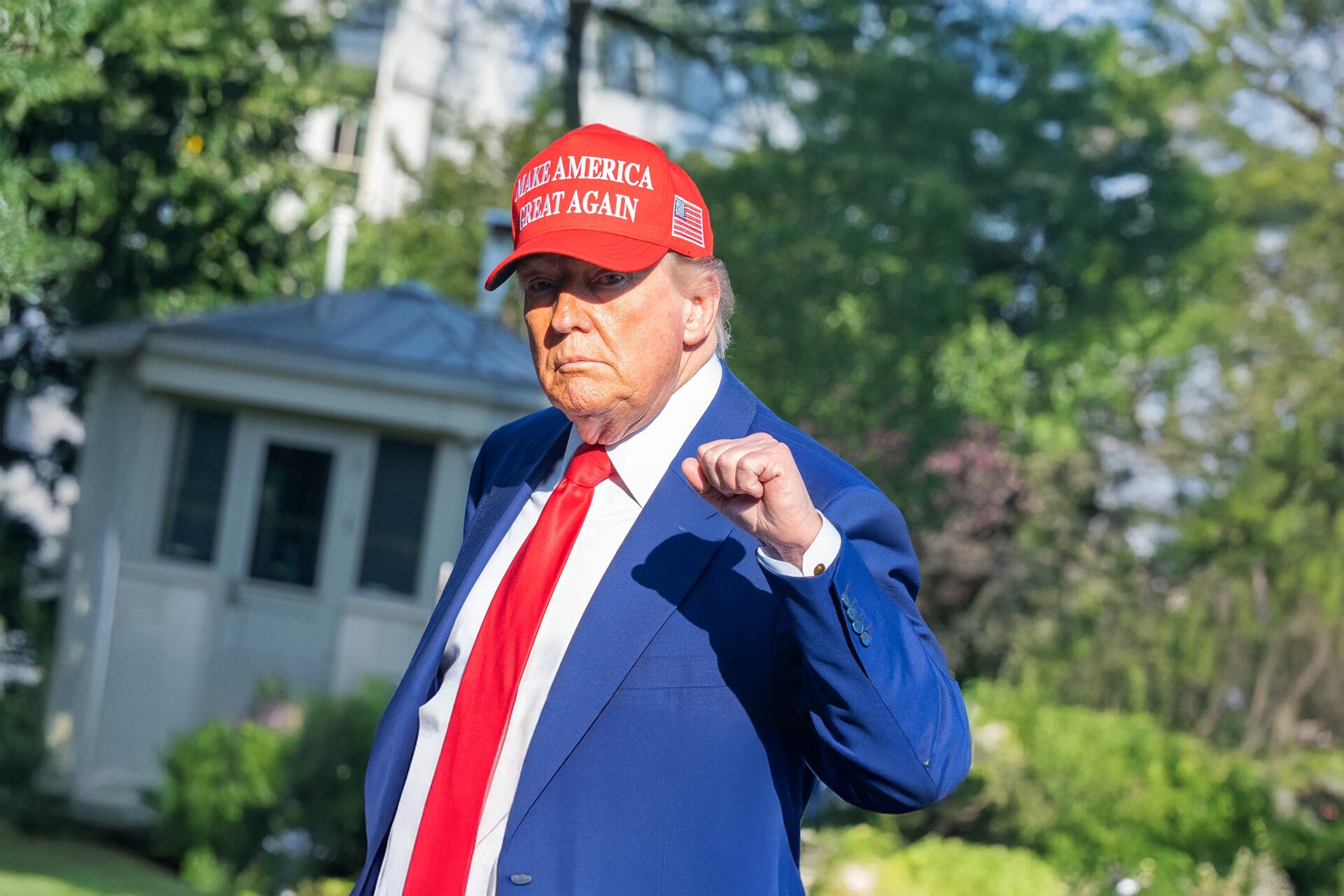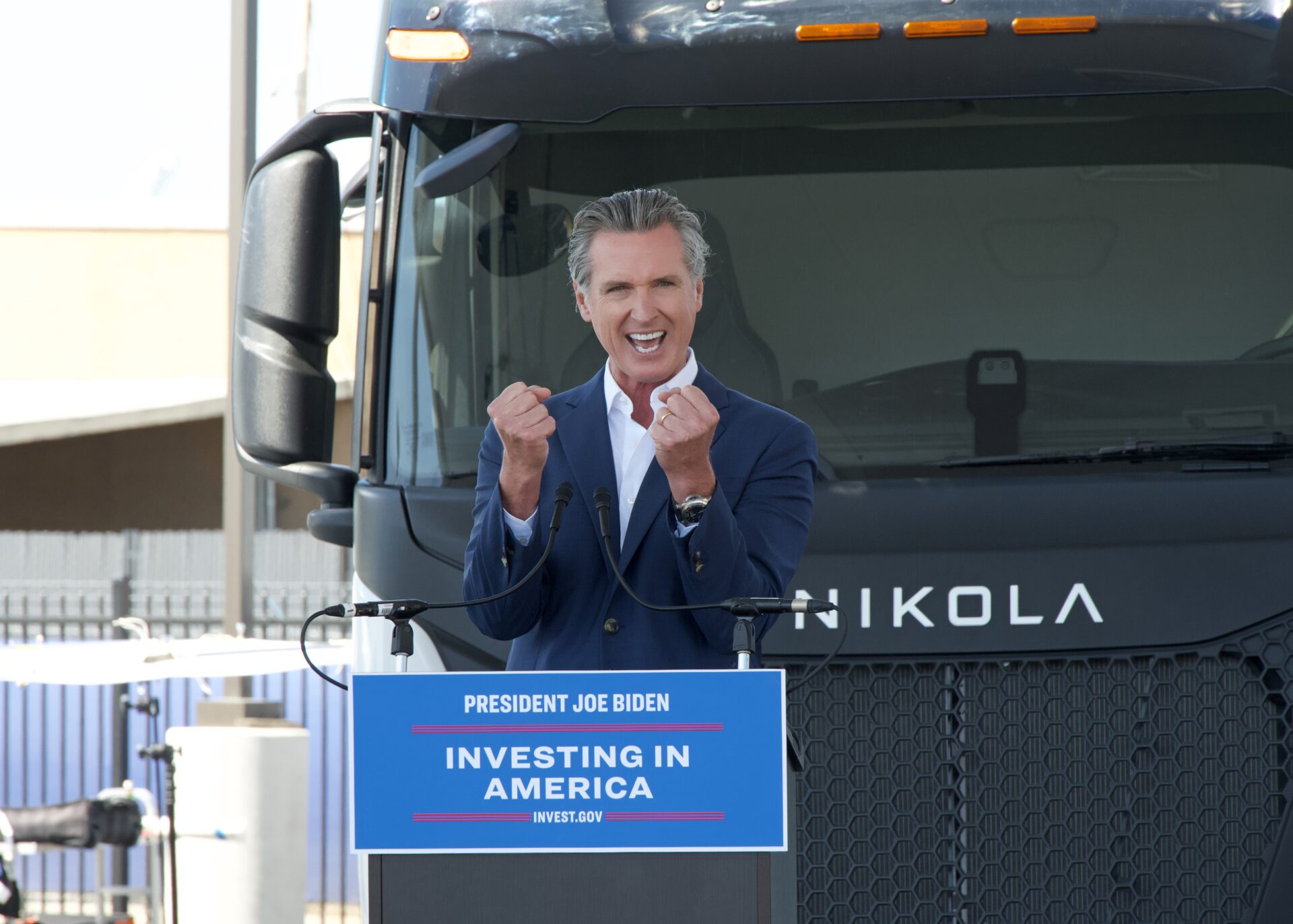
Will Trump’s $600B Ultimatum BREAK EU Deal?
President Trump has threatened sweeping 35% tariffs on EU imports if Europe fails to deliver a $600 billion investment pledge, raising fears of renewed trade tensions.
At a Glance
- July 2025 deal includes a $600B EU investment target and $750B in US energy purchases
- EU officials admit they cannot guarantee the investment amount
- Trump warns of 35% tariffs if the pledge is not met
- The deal reduces existing tariffs from 30% to 15% for now
- Experts question the legal enforceability of the agreement
Trump’s Ultimatum and the $600B Pledge
President Donald Trump’s warning of 35% tariffs on European Union (EU) imports has placed the future of a historic US-EU trade agreement in jeopardy. The threat follows a July 2025 summit in Scotland, where both parties unveiled a sweeping trade framework. Key elements include cutting tariffs on most EU goods from 30% to 15%, a $750 billion European commitment to purchase U.S. energy, and a $600 billion pledge for EU companies to invest in the American economy.
Watch now: Trade deal struck after Trump threatens tariffs on EU goods · YouTube
While the energy purchase is expected to proceed through intergovernmental and state-backed contracts, the investment pledge is proving more contentious. European officials acknowledge that they cannot compel private firms to meet this target, as foreign direct investment decisions rest with corporate boards—not governments. The disparity between political ambition and legal capacity highlights a major fault line in the agreement’s execution.
Fragile Foundations and Historical Tensions
Transatlantic trade ties remain among the world’s largest, with annual exchanges exceeding $1.6 trillion. Still, friction has been a recurring feature. During Trump’s first term, tariff disputes disrupted multiple sectors, prompting temporary retaliations. The current framework—based more on punitive leverage than negotiated legal mechanisms—breaks with traditional norms favoring arbitration and enforceability.
The Trump administration’s approach reflects a broader trend of using tariff threats as political tools to extract concessions. But analysts warn this may prove counterproductive, especially if the EU interprets the investment pledge as aspirational. Without binding enforcement language, legal scholars suggest the deal may struggle to survive scrutiny from EU courts or international arbitration bodies.
High Stakes for Industry and Diplomacy
If the EU manages to fulfill the investment pledge, U.S. industries—particularly in manufacturing and technology—could see a wave of capital inflows. Likewise, American energy firms are positioned to gain from Europe’s $750 billion purchase commitment. However, the structure of the deal has raised concerns about volatility. Should EU firms fall short, a 35% tariff reactivation could destabilize sectors on both sides of the Atlantic.
Economists caution that retaliatory tariffs by Brussels may follow, affecting agricultural, automotive, and industrial goods. Consumers could see price increases, while investors may respond to prolonged uncertainty. Politically, the episode illustrates the limits of globalist frameworks when national leaders resort to transactional diplomacy.
Sources
Reuters
European Commission
Peterson Institute for International Economics


